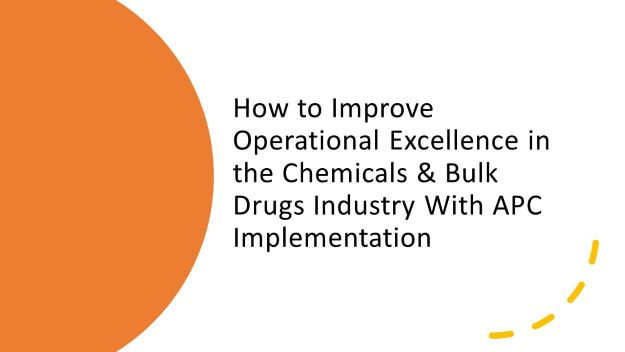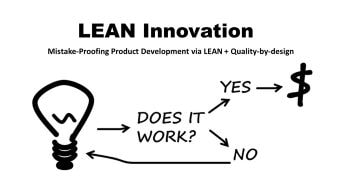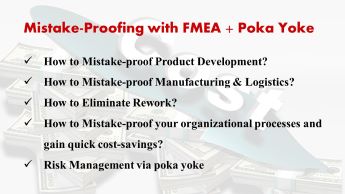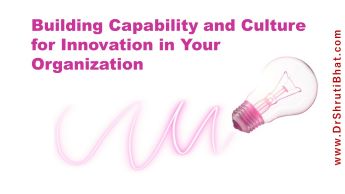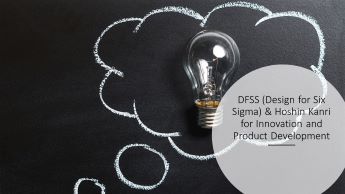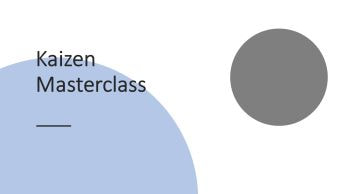Advanced Process Control (APC) Implementation in the chemical industry can help you maximize margins and meet customer expectations.
APC is a process control and optimization technology that takes into account the multivariable interactive nature of process units to reduce variability and drive the process to an optimum. APC includes model-based software used to control the process operation. It is also known as multivariable predictive control (MPC) or model predictive control.
APC's goal is to improve the control of production processes. APC helps simplify production and makes production output more predictable by ensuring that processes are under constant control.
You can achieve operational excellence in your organization with an APC implementation by following a detailed plan that takes into account the needs of your business and the requirements of your customers. Here are three things to consider when planning your APC implementation:
The first step in addressing the issue of operating efficiency is to recognize how value creation is rooted in individual chemical segments. Companies that have more than one business unit must differentiate their operating models and determine how corporate operations can influence the performance of these units. The second step involves determining which role corporate plays in day-to-day operations. Centralized operations stifle differentiation, while giving autonomy to each business unit can help it succeed.
Once you've mapped out the key components of your operational efficiency strategy, you'll need to decide on your next steps. Consider training operators and retaining knowledge. Also, consider mobile-enabled augmented reality and enterprise decision-support. While you can achieve operational excellence in your company by enhancing any one/ all of these four components, you'd be missing out on the true potential of these these components if you don’t control or eliminate wastes. Comprehensive operational excellence strategies provide immediate savings while driving excellence in the future.
Checkout- Top Ten Strategic Decision-Making Tools for Operational Excellence
While it's important to recognize that organic revenue growth is slowing down in several countries around the world, technical (e.g. additive manufacturing) and economic disruptions have hit various segments of the industry. For example, increased emphasis on circular economy and regionalization have impacted the petrochemical industry. Specialty chemicals, which focus on tailoring materials for specific applications, are now under threat. Further, the COVID-19 crisis has added further uncertainty to the supply chain, requiring additional investments and a broader outlook.
Related reading:
#operationalexcellence #operationalexcellenceforchemicalindustry #petrochemicals #specialtychemicals #strategymanagement #decisiontools #decisionmaking #strategicplanning #challengesofdecisionmaking #bulkdrugs

